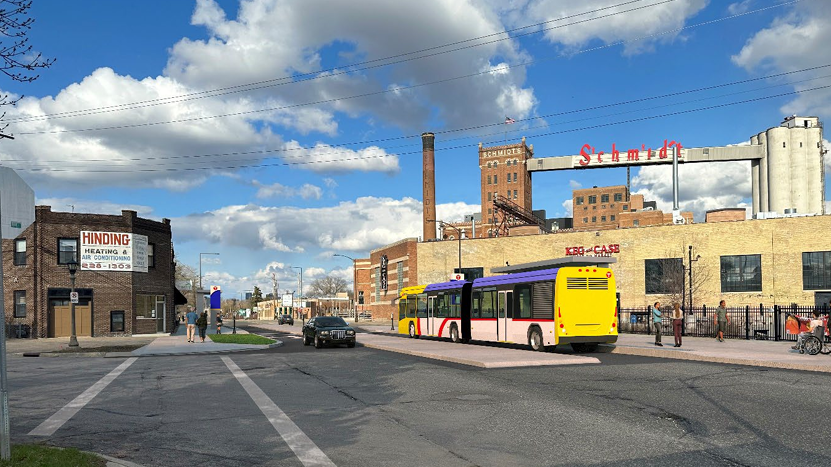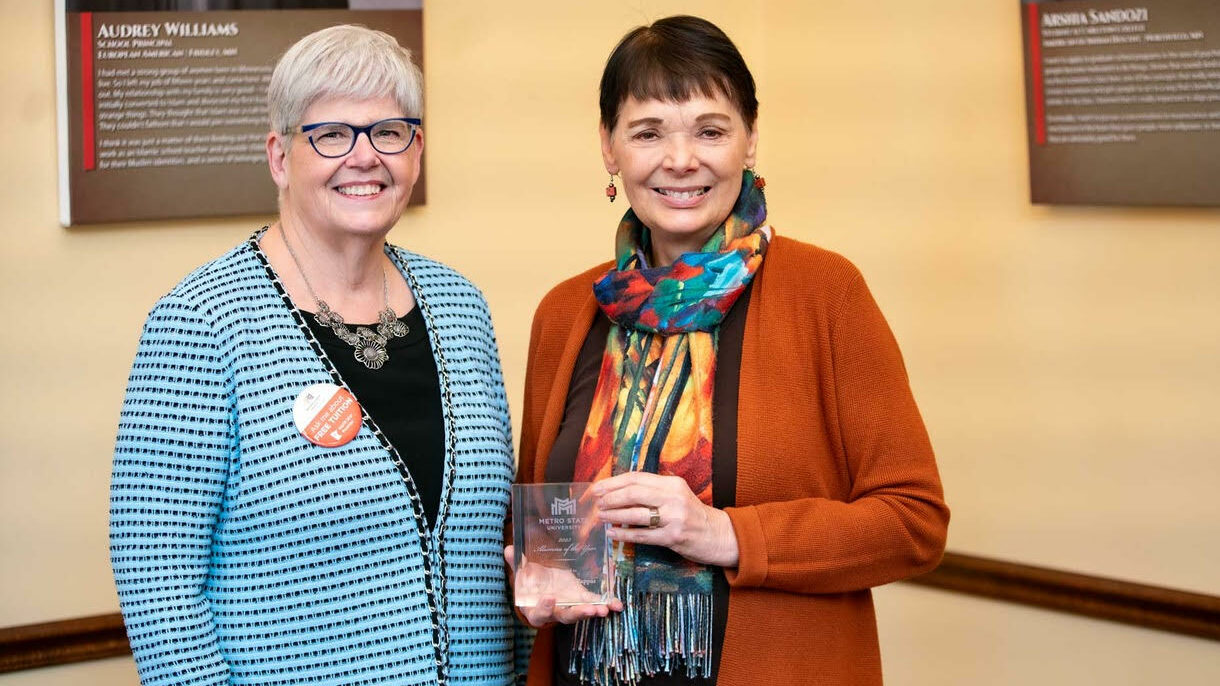In 1914 Lucy Leavenworth Wilder Morris was researching original “highways” of Minnesota and found few maps. As she investigated, she interviewed old settlers. “All at once the realization came that they, too, were fast disappearing, taking their stories with them.”
Twenty-three women formed The Old Trails and Historic Spots Committee, sub-committee of the Daughters of the American Revolution. Their work, their stories (edited) in 324 pages, Old Rail Fence Corners can be found online in The Project Gutenberg. These early English-speaking settlers largely came from the eastern United States.
Missouri Rose Pratt (1830-1915) “More lonesome St. Paul than the pineries… On (upper) landing, we climbed up a steep path. We found only six houses there. One was (Henry) Jackson’s… In the kitchen he had three barrels of liquor with spigots in them. We built a cabin from logs hewed flat with a broadax, cracks filled with blue clay and a bark roof. The fort’s soldiers used to come to DeNoyer’s to dinner. She was a good cook if she would stay sober long enough.
August Larpenteur (1823-1919) “had dinner with Mrs. Jackson. It was a fine one—ducks, venison, and vegetables raised by the Selkirk refugees. Here I first tasted pemmican.” On New Year’s Day a yoke of oxen led to Mr. Gervais’, Vital Guerin’s, Mrs. Mortimer’s, then near present Seven Corners, the Irvine’s.”
Captain Stephen Hanks (-1917) a cousin of Abraham Lincoln. In our drove of cattle was a cow with a young calf that would not cross the river. We rested there two days. The mother acted wild and we tied her up. In morning she broke away and swam half the river. The calf took to the water and swam with the mother to the other side where it made a hearty breakfast after its two days fast.
General William G. Le Duc (1823-1917) arrived at St. Paul on the steamboat Dr. Franklin with a brother of Goodhue, the Editor of the Pioneer Weekly Newspaper. The only hotel was the Central, a two-story frame building, twenty-four by sixty feet. It was used as a meeting place for the legislature, court, and public offices…
Captain John Van der Horck (1830-1917) relied on an Indian just as on a white man and never found his confidence misplaced. I often went hunting with them on the sloughs out of St. Paul.
Mrs. Martha Thorne (1837-1926) started from Davenport, Iowa for the Minnesota Territory. The two week trip took six with ox teams. There had been so much rain that all dry land was a swamp…
Mrs. Nancy Lowel (1803-1874) reported the first winter the upper part of the hotel was one room. She was the only woman of twenty in a room made with sheeting. The air just poured in between the cracks, and the snow blew in with gusto. It was not at all unusual to get up from under a snowbank in the morning.
Mrs. William J. White (1821-1870) related that wolves were very fearless and fierce that winter. They ran in packs. They would look in at our windows.
Mrs. Mary E. Dowling (1836-1920) would walk through the woods and sometimes see a bear leisurely sagging around. The foxes were the cutest little animals and so tame. They would seem to be laughing at you.
Mrs. Robert Anderson (Mary: 1837-1863). I came in and “saw my little two year old boy standing by the Indian’s side playing with the things in his belt while the Indian carefully held my baby in his arms. His expression remained unchanged. I gave him bread and milk to eat and ever after he was our friend, oftentimes coming and bringing the children playthings and moccasins.
Stephen Rochette (1832-1922) lived on the direct road from the Fort to St. Paul. Indians used often to stop to eat, never stole anything and seemed satisfied with what we gave them. The Indians often brought ducks and game to sell.”
Mrs. Stephen Rochette (1836-1918) first came into St. Paul and landed on the upper levee. It was used then more than the lower one. We thought we could never get used to the narrow, crooked streets… We soon had three cows. We never had any fence for them, just turned them out and let them run in the streets with the other cows and pigs.
Mrs. Anna Todd Lindsay (1821-1898). The early settlers brought slips of all kinds of houseplants which they shared with all. The windows were gay with fuchsias, geraniums, roses, etc. Most everyone had heliotrope too. All started slips under an inverted tumbler to be ready for newcomers.
There are settler narratives before, during and after the Civil War and Dakota Uprising.
You can find a copy of “The Origin Story of Fort Road/West Seventh Street, the Township/City of Saint Paul, the Territory/State of Minnesota: Glacial Age Forward” at your local library, or order up a copy of your own at fortroadfed.org. Learn more about the book and find Joe’s upcoming conversations about the history of West 7th at josfland.com.








Leave a Reply